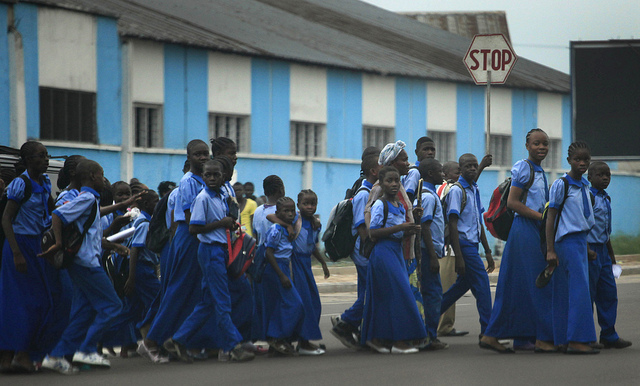
The aim of this project is to propose a methodology to assess and optimize educational infrastructure networks based on accessibility.
In 2014, the World Bank launched the Global Program for Safer Schools (GPSS) with a focus on integrating risk reduction considerations into education infrastructure policies and investments. The GPSS aims to boost and facilitate informed, large-scale investments for the safety and resilience of new and existing school infrastructure at risk from natural hazards, contributing to high-quality learning environments. Understanding accessibility of school infrastructure networks is an important element to optimize risk reduction interventions as well as to improve the quality and efficiency of the educational service.
To support this goal, the Transportation and Mobility Laboratory proposes a methodology to assess and optimize educational infrastructure networks based on accessibility; and proposes solutions to improve the performance of educational infrastructure networks. In other words, researchers will evaluate the risks based on the school network, including parameters like transportation network, home location of the students, mobility patterns… They will then provide a methodology in order to help direct investments to reduce the risks in case of disaster.
This one-year research project is carry on by the Transport and Mobility Laboratory (TRANSP-OR), directed by Prof. Michel Bierlaire, and conducted by Riccardo Scarinci. It is sponsored by the Global Program for Safer Schools at the World Bank.
| Principal investigator | Prof. Michel Bierlaire |
|---|---|
| Project manager | Riccardo Scarinci |
| Sponsor | World Bank |
| Period | 2018 |
| Laboratory | TRANSP-OR |
| Collaboration | TRACE |